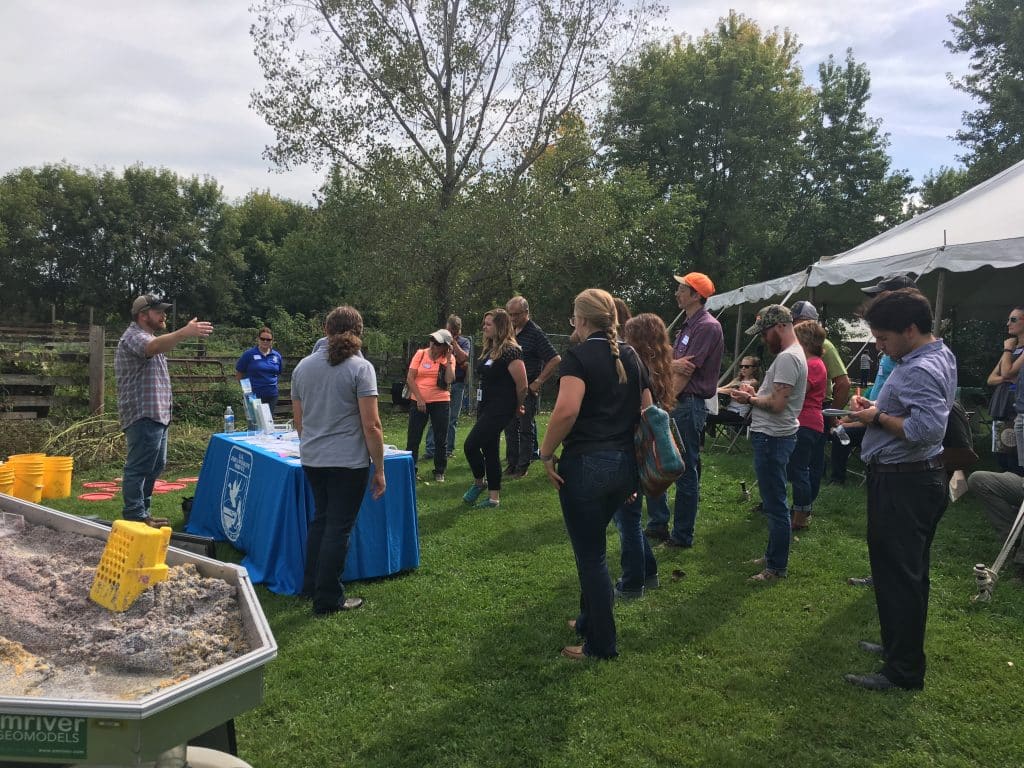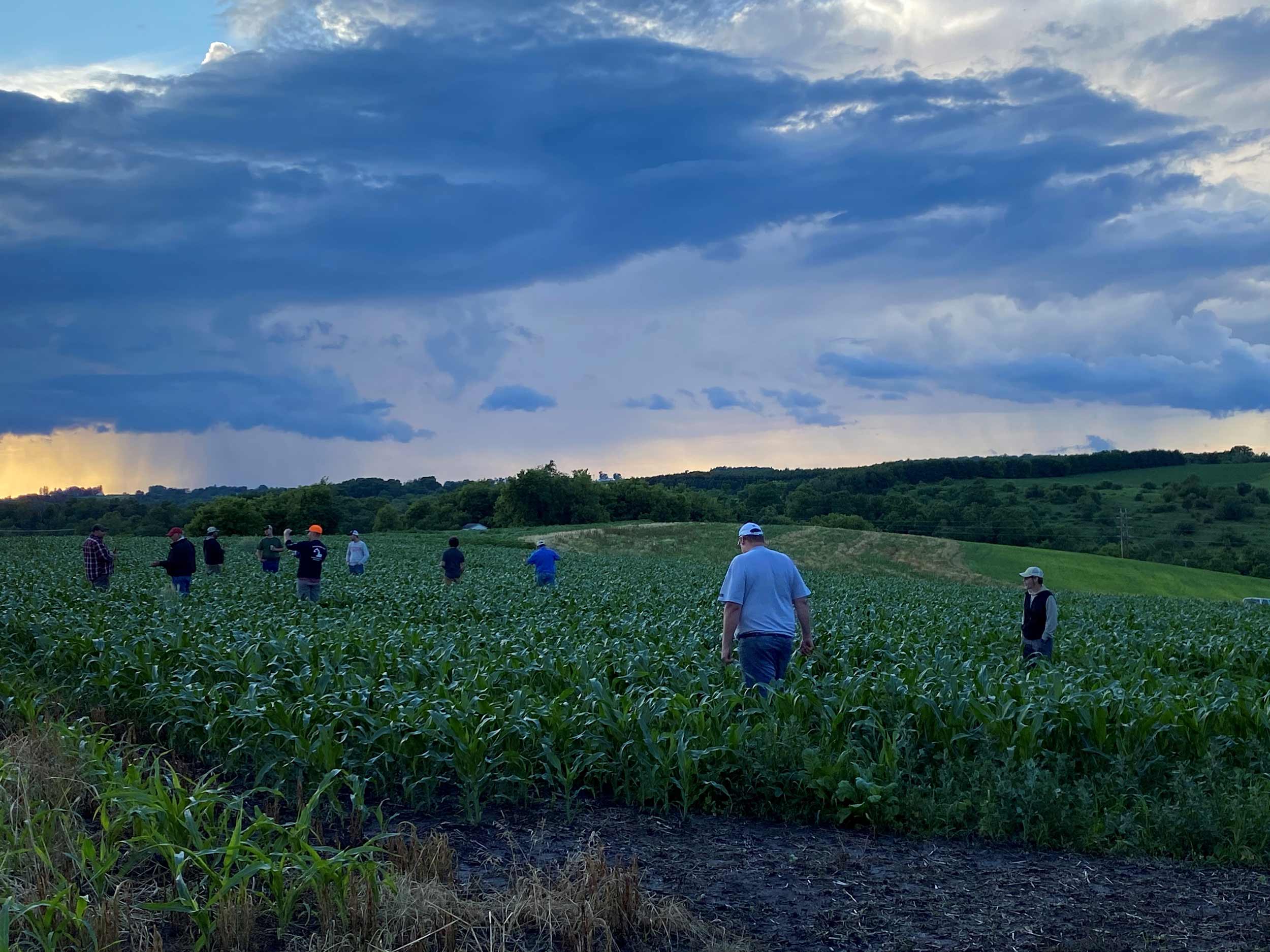Funded Project
2025 | Clean River Partners

Contact
Applicant Organization: Clean River Partners
Contact: Jennifer Tonko
Email: jennifer@cleanriverpartners.org
Project
This project plans to expand and protect the fishery of the Little Cannon River, a trout stream in the Cannon River watershed. Through perpetual conservation easements on privately owned land adjacent to current public access land, Clean River Partners will expand public access for fishing. They will enhance the long-term effectiveness of stream restoration work that will be carried out by the Minnesota DNR by conducting intense outreach and providing cost-share and risk management funding to farmers to implement managed grazing, cover crops, and reduced tillage on lands that currently contribute significant sediment loading into the Little Cannon River.
Project Outcomes:
- Expand public access for recreational fishing along the Little Cannon River by adding approximately 22,000 feet of stream access, up from the current 3,440 feet.
- Reduce sediment entering the Little Cannon River by:
- Increasing cover crop acreage by 5% (800 acres)
- Expanding conservation tillage practices by 20% (3,000 acres)
- Implementing two managed grazing plans on 500 acres of overgrazed land
Project Objectives:
- Establish fishing access easements by offering financial incentives to landowners, leveraging matching funds.
- Educate farmers in the targeted area on best management practices (BMPs) for managed grazing, cover crops, and reduced tillage.
- Implement conservation farming practices through farmer contracts supported by matching funds.
- Provide technical assistance to farmers to ensure successful adoption of conservation practices.
- Monitor implementation through biannual field checks.
Expected Impact:
- Significantly increase public access and enhance recreational fishing opportunities on the Little Cannon River.
- Reduce sediment loading from upstream agricultural areas.
- Raise awareness and adoption of sustainable farming practices.
- Improve the long-term stability and effectiveness of stream restoration efforts.

